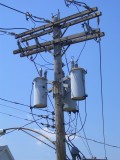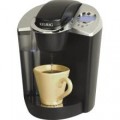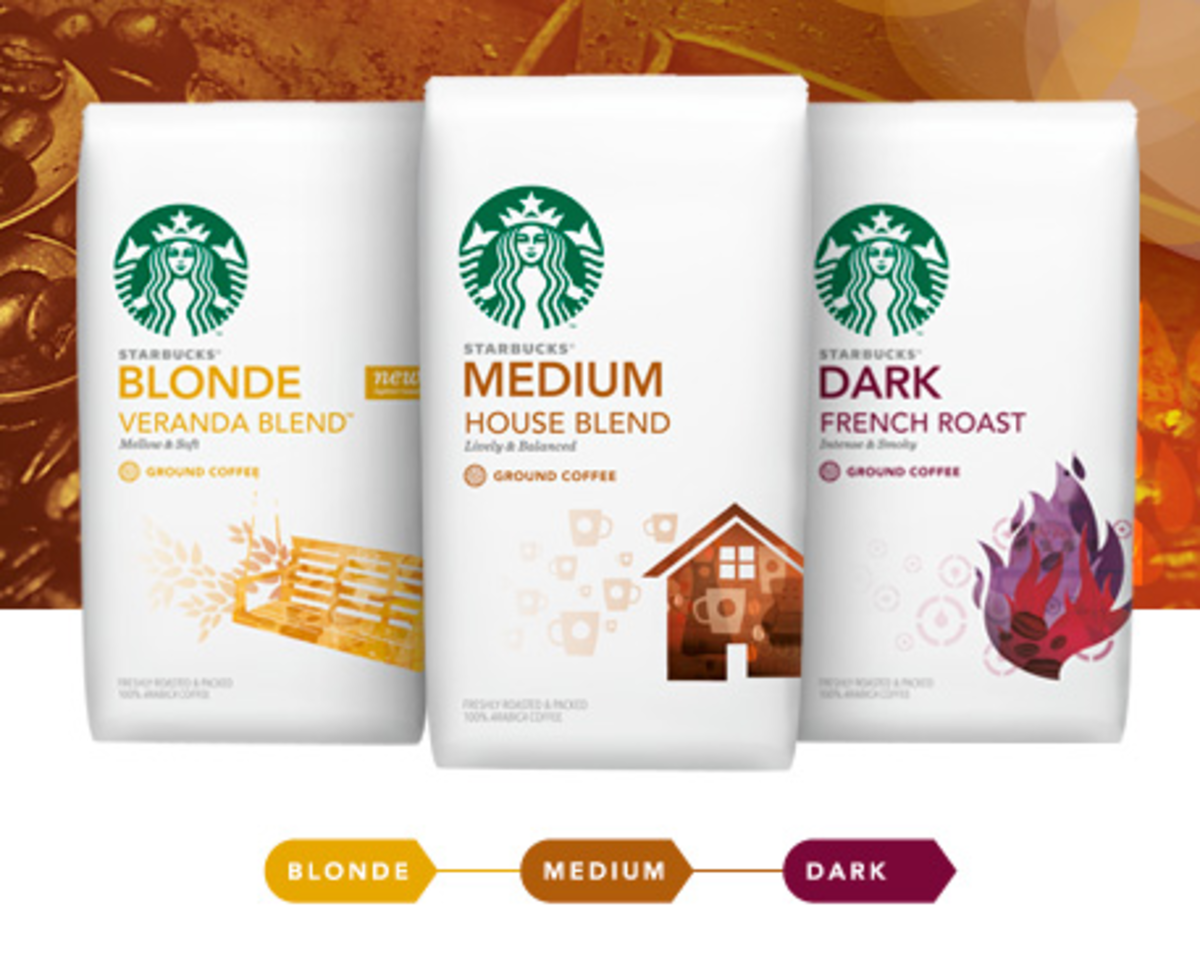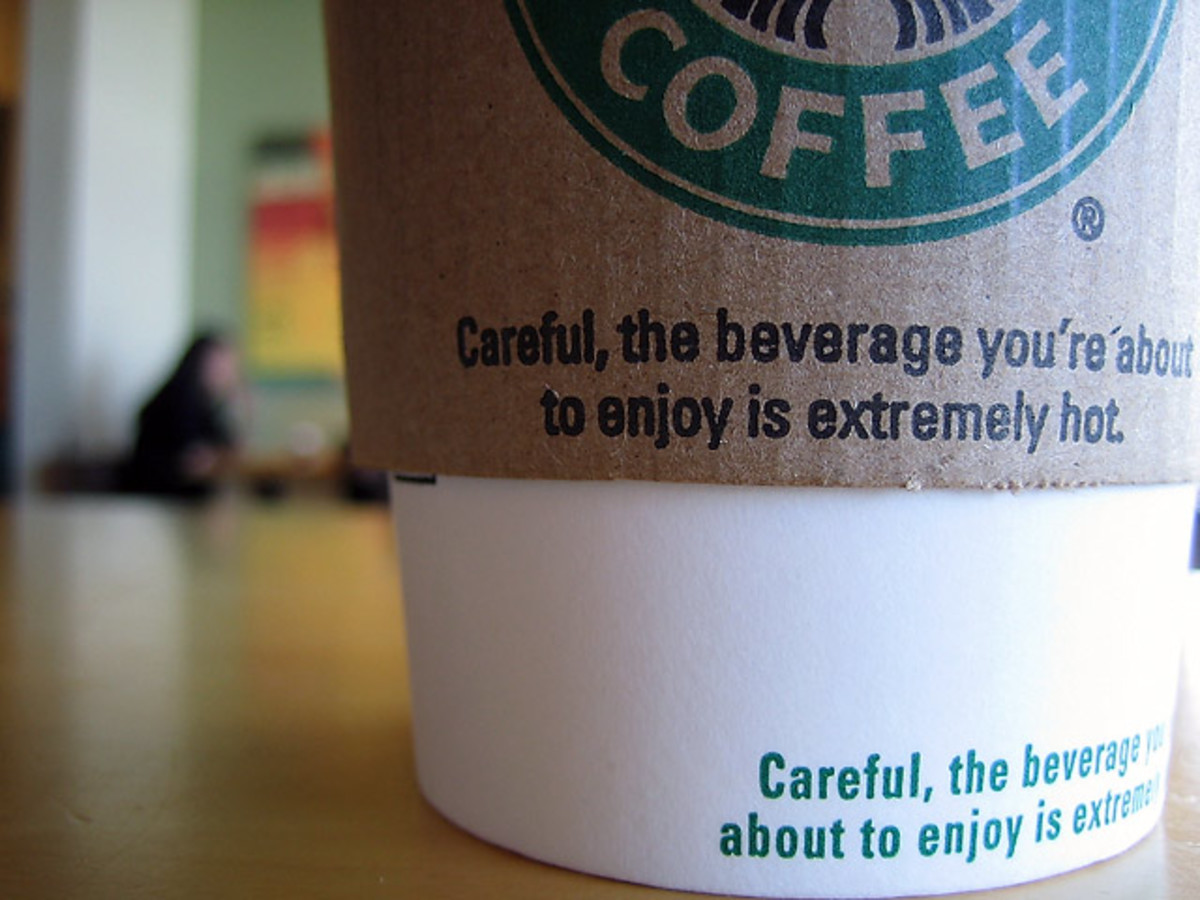How to Save Money and the Environment on Keurig Coffee K-Cups
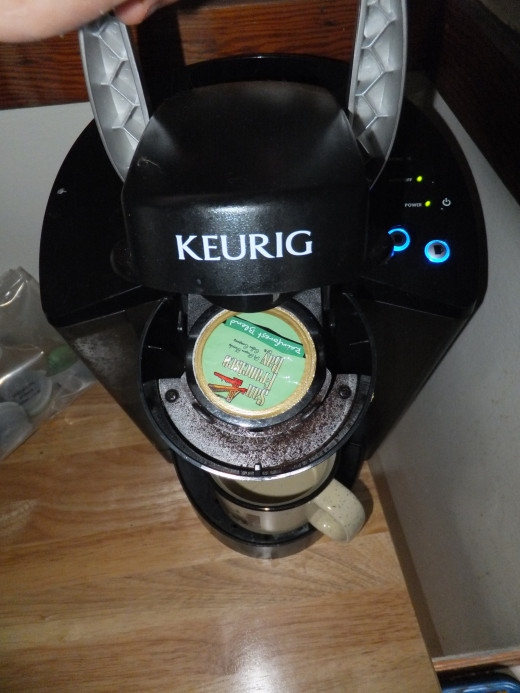
Why Are K-Cups So Expensive?
My taste buds howl in anticipation as I concoct the perfect cup of coffee with my Keurig brewer, meanwhile my wallet winces with each press of the button. Though I was skeptical at first, having always used a drip coffee maker, this sublime machine sits like an idol to caffeine on my counter. Yes, I am a coffee pod covert.
The problem with this ingenious method of brewing though is twofold:
- Is it environmentally friendly to use disposable K-Cups?
- The price for a cup of homemade coffee drastically increases.
Though a cup of Keurig coffee is still cheaper than visiting your local Tim Horton's every morning for a jolt of java, when ever dollar counts, there must be a way to save money on K-Cups.
So why are K-cups so expensive? Partially it is their construction of a self-contained coffee capsule and filter in one. And part of the expense is due to the needs of the market - competitors are rare. Of course, companies like San Francisco Bay Coffee and their OneCup may give Keurig a run for their money.
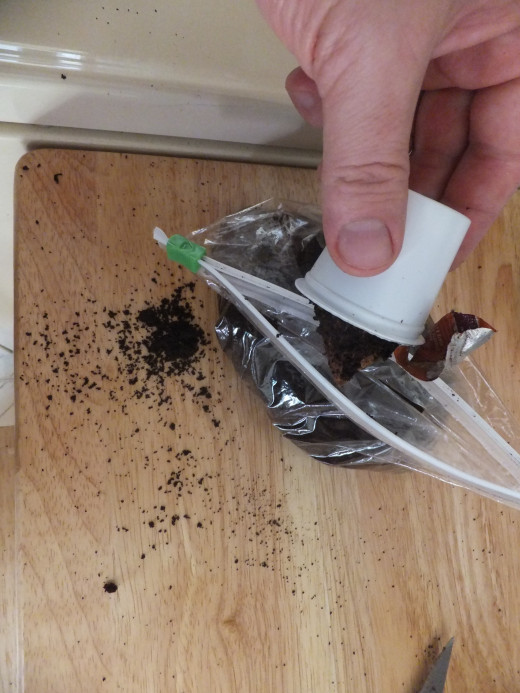
Are K-Cups Good For the Environment?
A few weeks after using and loving my Keurig, I found myself looking at the chunks of plastic covered coffee grounds I was depositing into the landfill. As someone that buys goods based on limited packaging, my coffee dependency was getting in the way of my eco-conscious values.
Like cutting our lawns with a gasoline mower as opposed to a push reel mower, we sacrifice the environment for convenience.
Proponents of K-Cups note that single-serving coffee is better for the environment because there is no wasted coffee or coffee products, and that Keurig is a more energy efficient to brew a single cup of coffee.
Critics of Keurig-type systems point out the lack of recycling of these plastic pods and the potential environmental hazard it represents. For example, in the L.A.Times blog post "The Keurig question: What to do with those used coffee cartridges?" the non-biodegradable nature of these little plastic cups is posed as a reason not to use these single-cup brewers.
Keurig and its partners (Like Green Mountain Coffee) are striving to bridge the gap between great tasting coffee and materials which are easily recycled. The new Vue brewing system from Keurig maintains great taste and the cups are made from recyclable polypropylene #5. However, the new Vue packs cannot be used in one of the traditional Keurig brewers.

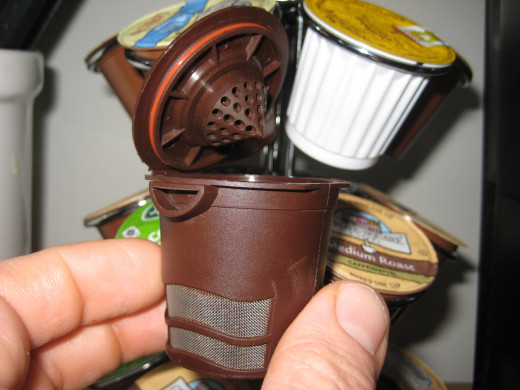

Reusable K-Cups
With so many K-cups ending up in landfills, it's nice to know there is an ecological alternative for your Keurig. A couple of years back, Keurig released My K-Cup, a reusable coffee filter for their machines.
These reusable self-service cups are the most cost-efficient way to run a Keurig machine. Generally, a cup of coffee will run you about .15 per cup.
Despite being more environmentally friendly and less expensive, there is a downfall to these reusable coffee pods. First, the convenience of reaching into a box and popping in a pod is gone as each pack must be filled. Second, these filters can be just a little bit messy.
However, most people concerned with the environment are willing to shoulder the extra burden of actually measuring coffee in the morning. For the drowsy-eyed, it may be a good idea to prepare your reusable pod the night before.
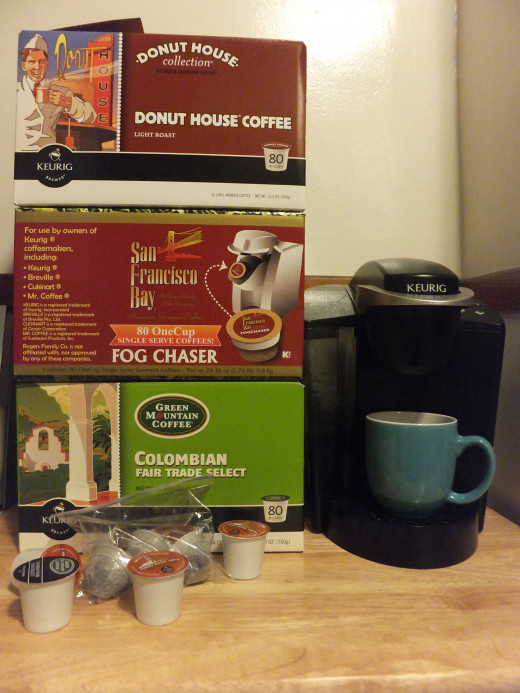
Buy in Bulk Packs
Though you won't find large bulk packs at your local grocery store, you can often find them in warehouse clubs or online. As Keurig K-Cups are individually sealed, you can stock up on them and still have great tasting coffee many months later.
The issue with purchasing in bulk is that you are stuck with the same flavor of coffee. which takes away some of the flexibility of the Keurig in the first place. That said, many of us remember the good old days (about 15 years ago) when coffee only came in one flavor.
If having too much of a good thing is still a problem, get together with a few friends to buy different bulk pack flavors and split them multiple ways.
Buying K-Cups in Bulk
Pack Quantity
| Pack Price
| Price Per K-Cup
|
|---|---|---|
12
| 8.98
| .75
|
24
| 15.99
| .66
|
80
| 49.46
| .61
|
Save nearly .15 per cup just buy purchasing k-cups in bulk. These figures are Amazon's prices for Green Mountain Coffee Fair Trade Select.
The San Francisco Bay Coffee Alternative
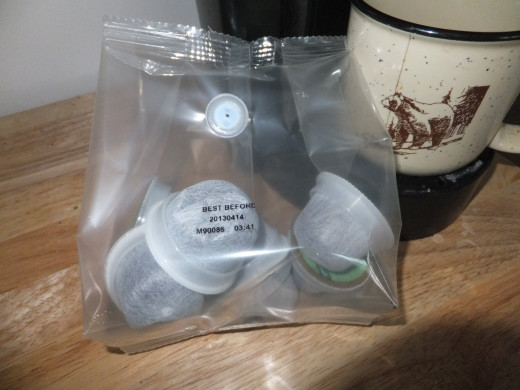
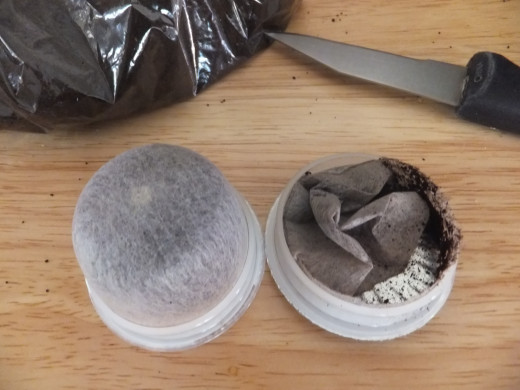
Alternatives to K-Cups
Of course, there are alternatives to official K-Cups as well. Though it took a while, Keurig no longer has a monopoly on fuel for their machines. The best alternative to K-cups I have found is the San Francisco Bay OneCup.
The OneCup works in a variety of coffee makers, including Keurig, Cuisinart and Mr Coffee. However, these pods work quite similarly to the standard Keurig coffee, just pop it in and push the button.
The environmentally conscious amongst you will appreciate the simplicity and lack of waste with the OneCup. The lack of plastic sheathing, makes the pod much easier to break down and recycle. The downfall is however, that once removed from the plastic bag - the coffee can lose its freshness.
In my latest bulk pack purchase of this coffee, a reusable plastic storage container was included to keep everything nice and fresh. My olfactory senses are stimulated each time I open that pouch and hearken back to coffee can days. Though a good caffeine jolt will get you going, I like to think that the splendid aroma of coffee does just as much to awaken the senses.
San Francisco Bay Coffee
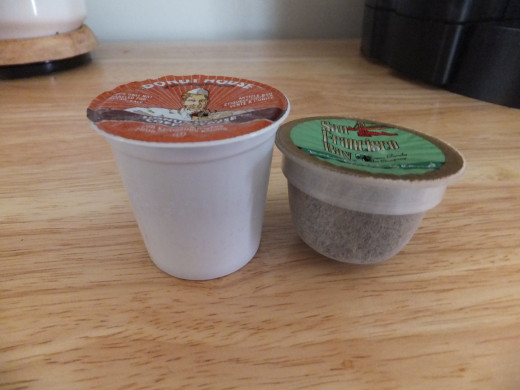
How do you save money on Keurig K-Cups?
Combine Methods to Save Money on your Keurig
I've never been one to adhere to any one philosophy, especially as it applies to thrift. Most people invested in Keurigs not simply because it was the thing to do but because they wanted a customized and easy to use coffee brewer. Simply drinking the same beverage every day is not part of the experience of these machines.
Therefore, I combine my tactics to arrive at a flexible compromise:
- Buy a few bulk packs of standard K-Cups like Donut Shop coffee.
- Mix in a pack of assorted flavors for a pleasant surprise.
- Alternate with San Francisco Bay coffee for pure thrift.
- On second-cup days and on the weekends, make coffee in a reusable pod.
Follow these tips and crush the cost of your coffee consumption.



